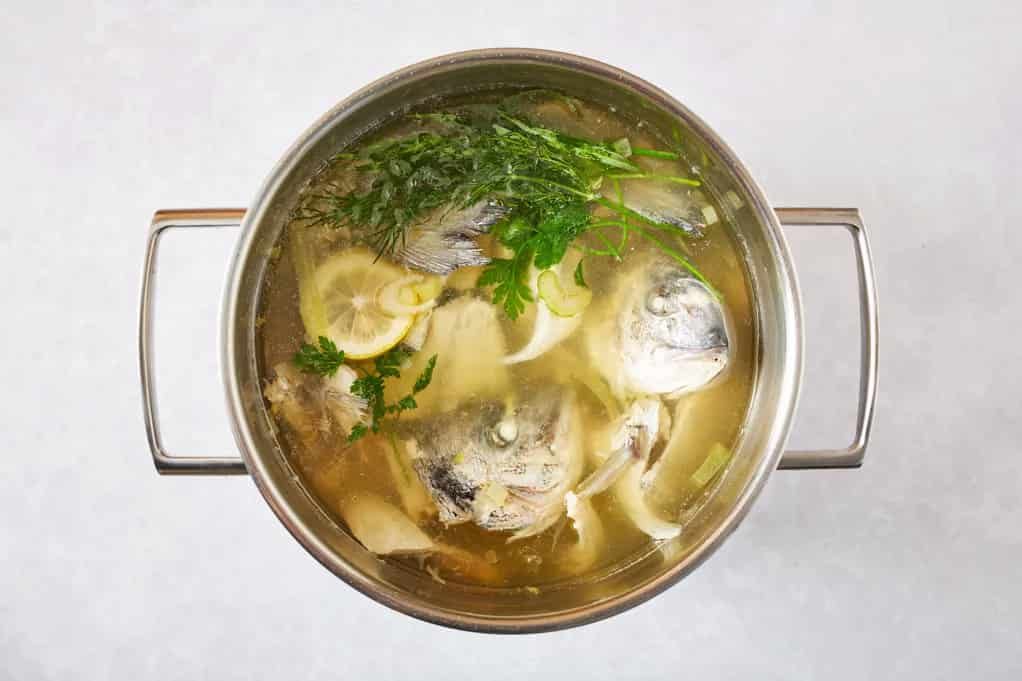Stock is a savory liquid that is made by simmering bones, meat, vegetables, herbs, and spices in water for a long time. It is often used as a base for soups, sauces, stews, and other dishes. Stock is different from broth, which is usually made by simmering meat and vegetables in water for a shorter time. Stock has more gelatin, flavor, and nutrients than broth, because of the collagen and marrow that are released from the bones during the cooking process.
Stock is not only delicious but also beneficial for your health.
Here are some of the top health benefits of stock:
1. It supports your immune system
Stock is rich in amino acids, minerals, and vitamins that can help boost your immune system and fight infections. For example, stock contains glycine, which can reduce inflammation and oxidative stress in the body. Stock also contains glutamine, which can help maintain the integrity of the intestinal barrier and prevent bacteria from entering the bloodstream. Stock can also provide hydration and electrolytes, which are essential for maintaining fluid balance and preventing dehydration.
- Related: Different Types of Soups Explained

2. It improves your digestion
Stock can improve your digestion by providing gelatin, which can help heal and protect the lining of your gut. Gelatin can also bind to water and help food move smoothly through the digestive tract3. Stock can also stimulate the production of gastric acid, which can help break down food and absorb nutrients4. Stock can also provide beneficial bacteria that can improve your gut flora and prevent digestive disorders.
3. It strengthens your bones and joints
Stock can strengthen your bones and joints by providing collagen, which is the main protein found in connective tissues such as bone, cartilage, ligaments, and tendons. Collagen can help increase bone density and prevent osteoporosis. Collagen can also help reduce joint pain and stiffness by lubricating the joints and reducing inflammation. Stock can also provide calcium, magnesium, phosphorus, and other minerals that are essential for bone health.
4. It enhances your skin, hair, and nails
Stock can enhance your skin, hair, and nails by providing collagen, which can help improve skin elasticity and hydration. Collagen can also help reduce wrinkles, fine lines, sagging skin, and signs of aging. It can also help promote hair growth and prevent hair loss by strengthening the hair follicles. Collagen can also help improve nail quality and prevent nail brittleness by increasing nail thickness.
5. It promotes your sleep quality
Stock can promote your sleep quality by providing glycine, which can act as a neurotransmitter and regulate your sleep-wake cycle. Glycine can also help you fall asleep faster and sleep deeper by lowering your body temperature and reducing muscle activity. Glycine can also help you wake up feeling refreshed and energized by improving your cognitive function and memory.
FAQs
How long does it take to make stock?
It depends on the type of stock you are making and the method you are using. Generally speaking, it takes longer to make stock than broth. For example, chicken stock may take 4 to 6 hours to simmer on the stovetop or 1 to 2 hours in a pressure cooker. Beef stock may take 6 to 8 hours to simmer on the stovetop or 2 to 3 hours in a pressure cooker.
How do you store stock?
You can store stock in an airtight container in the refrigerator for up to 4 days or in the freezer for up to 6 months. You can also freeze stock in ice cube trays or muffin tins for easy portioning. Make sure to label the container with the date and type of stock.
How do you use stock?
You can use stock as a base for soups, sauces, stews, gravies, risottos, casseroles, dumplings, cooked grains or legumes, and other dishes. You can also drink stock on its own or add some salt, pepper, lemon juice, or herbs for extra flavor.
What is the difference between stock and bone broth?
Stock and bone broth are similar, but not exactly the same. Stock is made by simmering bones, meat, vegetables, herbs, and spices in water for a long time. Bone broth is made by simmering bones, vegetables, herbs, and spices in water for a very long time, usually 24 hours or more. Bone broth is also more concentrated and gelatinous than stock, because of the longer cooking time and the higher amount of bones.
What are the best bones to use for stock?
The best bones to use for stock are those that have a lot of cartilage and connective tissue, such as knuckles, joints, feet, necks, backs, and ribs. These bones will give your stock more gelatin, flavor, and nutrients. You can also use bones from different animals, such as chicken, beef, pork, lamb, or fish. You can also mix different types of bones for more variety.
Conclusion
Stock is a versatile and nutritious liquid that can be used for various culinary purposes. It can also provide many health benefits for your immune system, digestion, bones, joints, skin, hair, nails, and sleep quality. Stock is easy to make at home with simple ingredients such as bones, meat, vegetables, herbs, and spices. You can also buy ready-made stock from the store or online. However you choose to enjoy stock, you will be doing your body a favor.
Resources:






